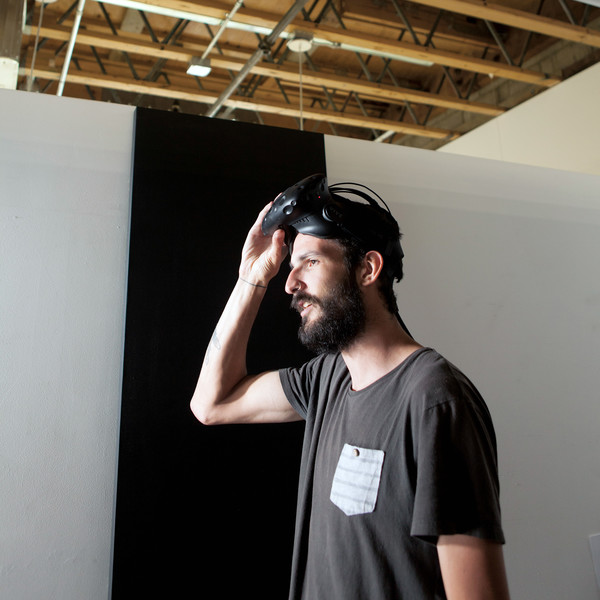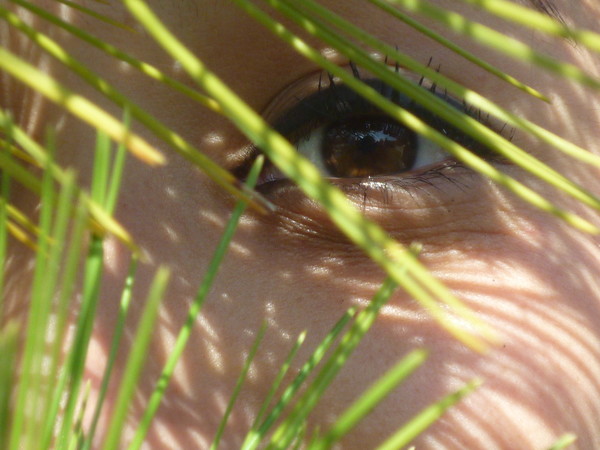
profile / exhibition / alumni / photography-and-imaging
April 25, 2014
Writer: Sylvia Sukop
History Repeats Itself
Hiroshi Sugimoto BFA 1972
Hiroshi Sugimoto divides his time between Tokyo and New York; as an artist he unites his creative passions in photography and architecture. Recipient of a Guggenheim Fellowship, the Photography alumnus made headlines earlier this year when he announced that he had designed his own museum, a future home for his artwork being built in Odawara, Japan.
For those familiar with his 2000–03 “Architecture” series, blurred images of well-known examples of Modernist architecture, or with his 2011 book of architectural essays and photographs, Sense of Space, the move comes as no surprise.
Long interested in the “re” part of representation, Sugimoto has, since the 1970s, used photography to investigate how history pervades the present. His first photographs, made while still in high school, captured film footage of Audrey Hepburn as it played in a movie theater.
Now the J. Paul Getty Museum in Los Angeles brings together three separate bodies of work, four decades’ worth of meticulously crafted prints that inventively reframe objects from the collections of a variety of museums. The exhibition Hiroshi Sugimoto: Past Tense features “Dioramas” (1975–1994), “Portraits” (1999) and his newest series, “Photogenic Drawings” (2008–present).
By photographing subjects that reimagine or replicate moments from the distant past and diverse geographical locations, Sugimoto critiques the medium’s presumed capacity to portray history with accuracy. Meanwhile history is present in the very apparatus of his art making: Throughout his career he has continued to use the same turn-of-the-century, large-format box camera. Catch his exhibition at The Getty Center before it closes June 8.




